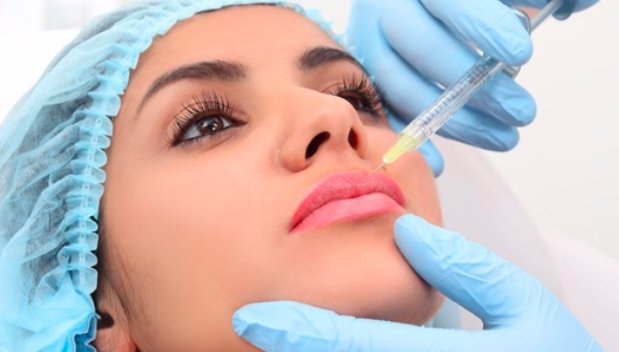Consumer Scotland has urged the Scottish government to add tougher protections to its new bill on non-surgical cosmetic procedures. The push comes as experts highlight growing risks from unqualified providers offering treatments like Botox and dermal fillers across the country.
This bill, introduced in October 2025, seeks to regulate popular beauty treatments that involve piercing the skin. It aims to shield people from harm in an industry that has seen a surge in demand but lacks strong oversight.
Bill Aims to Tighten Cosmetic Treatment Controls
The Non-surgical Procedures and Functions of Medical Reviewers Bill targets procedures often done for cosmetic or wellness reasons. It would ban these treatments for anyone under 18 and limit them to approved locations only.
Lawmakers introduced the bill on October 8, 2025, following public consultations that wrapped up in February. The move responds to years of concerns about unsafe practices in Scotland’s booming aesthetics sector.
Experts note that thousands of Scots get dermal fillers and Botox each year. Yet, without clear rules, many face potential health dangers from poorly trained operators.
The legislation also covers other methods like chemical peels and injections for body enhancement. It builds on earlier talks about grouping treatments by risk level to set proper standards.

Consumer Scotland Calls for Key Improvements
Scotland’s main consumer watchdog backs the bill but wants more details to protect clients. They stress that providers should give full info upfront to help people make smart choices.
In a recent statement, the group pushed for rules on sharing treatment risks and expected outcomes. They also want details on practitioner skills and follow-up care plans.
To boost trust, Consumer Scotland suggests mandating public reports on success rates for each procedure. This would let clients compare options and spot reliable spots.
Providers would need to register formally, carry insurance, and connect easily to complaint services. These steps aim to cut down on rogue operators who dodge accountability.
Growing Risks from Unregulated Practices
Scotland stands out in Europe for issues with unregulated cosmetic injections. Healthcare pros warn that unqualified beauticians often handle high-risk work, leading to serious problems.
Recent cases show people ending up in hospitals after botched sessions, like a Brazilian butt lift gone wrong in Glasgow. Undercover checks have caught pharmacists and nurses breaking rules by supplying Botox without proper patient reviews.
Social media fuels the trend, with young folks crossing borders for cheap fixes. In one report, teens from England headed to Scotland for fillers despite age concerns elsewhere.
The lack of training standards means anyone can offer these services without checks. This has sparked calls from MSPs like Stuart McMillan for age limits and better guidelines.
Here are some common risks tied to non-surgical cosmetic procedures:
- Infections from unclean tools or settings
- Allergic reactions to injected substances
- Uneven results causing long-term looks issues
- Nerve damage leading to pain or weakness
- Scarring that needs extra medical help
How the Bill Fits Broader UK Efforts
Scotland leads the UK in pushing for these changes, unlike slower moves in England and Wales. A 2022 law there started some licensing, but full rollout lags behind.
The Scottish plan groups procedures into levels based on danger. Lower-risk ones like basic peels might fall under local licensing, while higher ones like fillers need stricter oversight.
| Procedure Group | Examples | Risk Level | Proposed Regulation |
|---|---|---|---|
| Group 1 | Semi-permanent makeup, basic peels | Low | Local authority licensing |
| Group 2 | Botox injections, dermal fillers | Medium | Healthcare oversight, insurance required |
| Group 3 | Brazilian butt lifts, deep peels | High | Full registration, age ban under 18 |
This table shows how the bill sorts treatments to match rules to dangers. It draws from 2025 consultations that got strong public support for safety measures.
Industry groups like the British Association of Beauty Therapy welcome the focus on standards. They say it could set a model for the whole UK, cutting cross-border risks.
What This Means for Scots Seeking Treatments
If the bill passes, it could transform how people access Botox and filler services. Clinics would face inspections, ensuring safer spots for everyone.
The changes tie into wider health talks, like recent bans on remote Botox prescribing by nursing councils. This aims to stop quick online sales without face-to-face checks.
For those worried about current options, experts advise sticking to registered pros with clear credentials. Always ask about experience and side effects before booking.
As the bill heads to committee review in December 2025, it might include even more consumer input. This could lead to a safer, more transparent industry by early 2026.
Readers, what do you think about these proposed rules for cosmetic treatments in Scotland? Share your views in the comments below and spread the word to help others stay informed.


















